Product Description
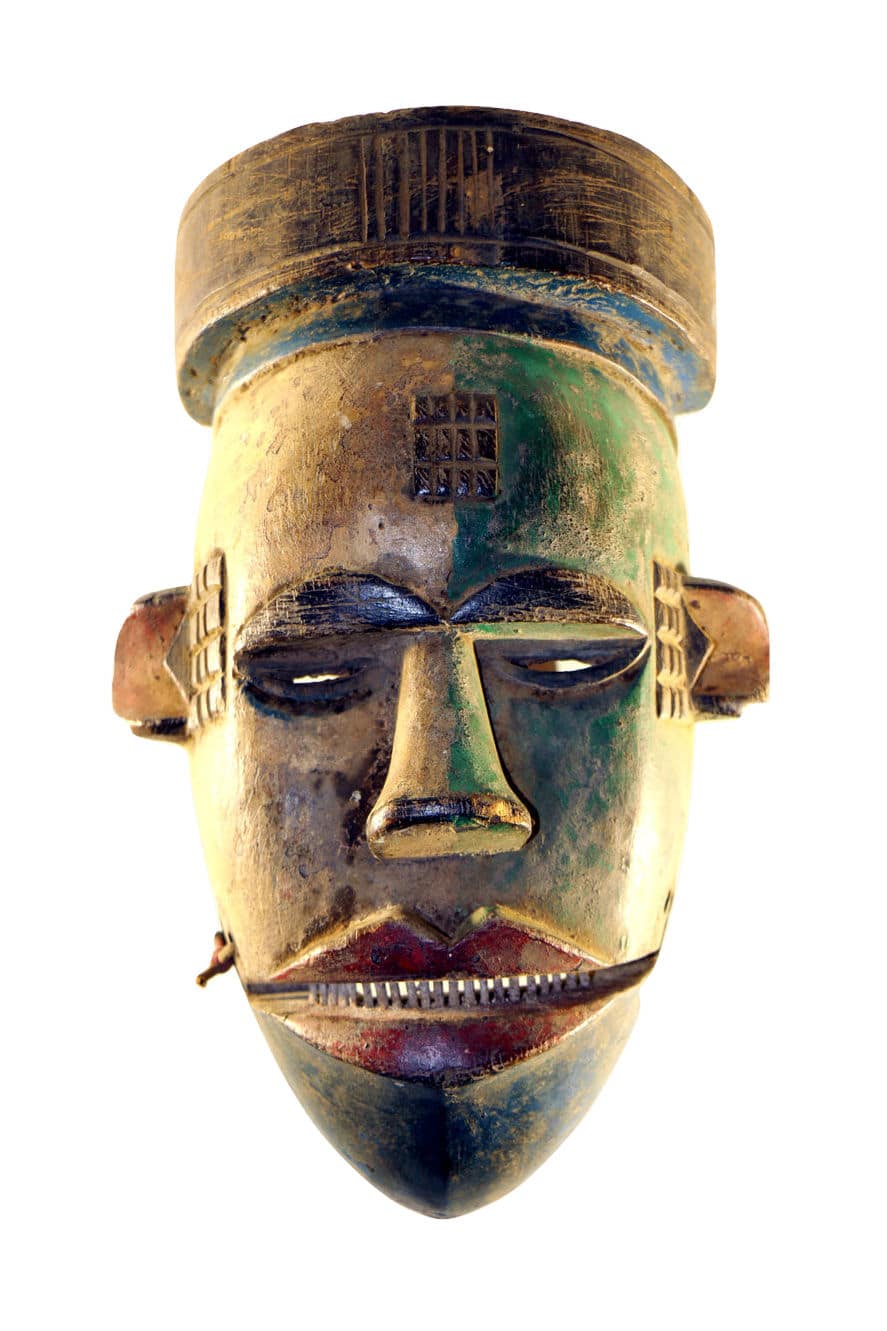
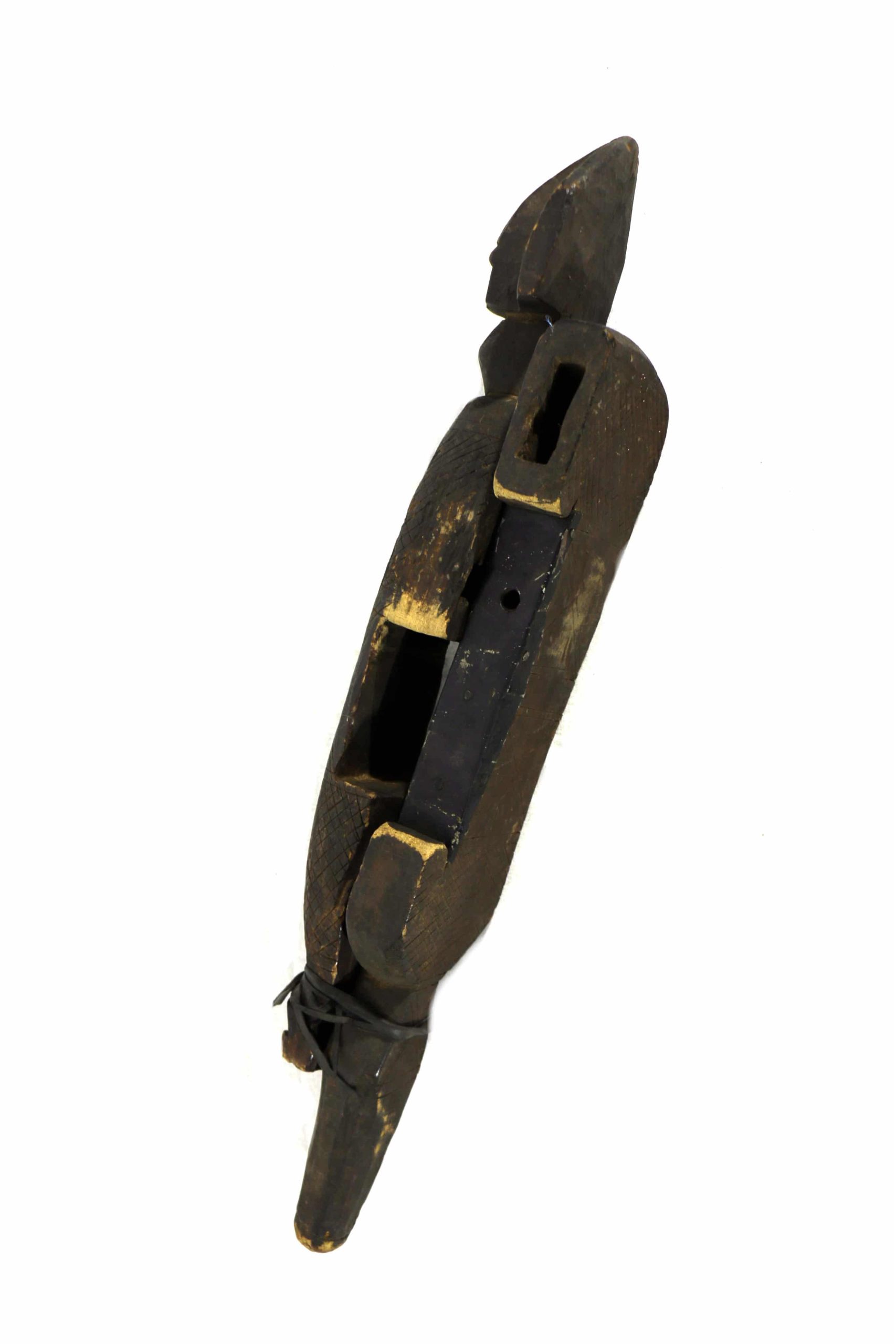
Dege “Black Monkey” Mask – Mali
Authentic 11th to 15th century Dongon Dege mask made of wood, with chestnut brown patina, simple but yet very harmonious, an exceptional piece for your collection. It originates from Mali, located in the administrative districts of Bandiagara and Douentza, Mopti region.
Made of 100% wood, fiber Patin.
Model is W 34 – H 15 and weight 1.2 kg.
Description
This very old and authentic 11th to 15th century Dogon mask made of wood, with chestnut brown patina, is very simple but yet very harmonious, an exceptional piece for your collection. It originates from Mali. An abstract ( monkey ) mask to conform to Islamic rules concerning images of people or animals, with long muzzle lengthened towards the bottom, like a nose and small rectangular eye sockets; the top of the head is elevated. According to Dogon beliefs, The myths of all may not be known, but it has been written in that the black monkeys, Dege, are the “male villains of the bush”. The black monkeys stand for dangerous, and antisocial behavior, wickedness, gluttony and must not be emulated because it is the antithesis of the Dogon order – the direct opposite of their beliefs about the way a proper, solid, upstanding Dogon person is expected to behave. The Dogon utilize three types of monkey masks which are identified solely by their color rather than their shape. For the Dogon, Dege is the black monkey, while the white monkey is known as Omono, and the red monkey is called Ko.
There are nearly eighty styles of Dogon masks, and for the most part they all utilize the use of various geometric shapes in their design, independent of the various animals they are supposed to represent. Most masks have large geometric eyes and stylized features and are often painted or colored with various. The better known Kanaga and sirige masks are followed in the dama ceremony by masks that evoke the behavior of some of the animals that inhabit the regions where the Dogon live and hunt. They include among others – antelopes, hares, lions, hyenas, cows, birds and monkeys.
The Dogon an ethnic group are mainly located in the administrative districts of Bandiagara and Douentza in Mali, West Africa. The precise origins of the Dogon people, like those of many other ancient cultures, are not yet determined. Their civilization emerged, in much the same way as ancient Egypt. Around 1490 AD the Dogon people migrated to the Bandiagara cliffs of central Mali. There are approximately 700 Dogon villages, with an average of 400 inhabitants. The tribe’s folk call themselves ‘Dogon’ or ‘Dogom’, but in the older literature they are most often called ‘Habe’, a Fulbe meaning ‘stranger’.
Additional information
| Weight | 3 kg |
|---|---|
| Dimensions | 34 × 15 cm |
| Material | Bronze, Wood, Ceramic, Terracotta, Woven rattan, Leather |
Leave a reply Cancel reply
Returns and Exchanges
There are a few important things to keep in mind when returning a product you purchased.You can return unwanted items by post within 7 working days of receipt of your goods.
- You have 14 calendar days to return an item from the date you received it.
- Only items that have been purchased directly from Us.
- Please ensure that the item you are returning is repackaged with all elements.
Ship your item back to Us
Firstly Print and return this Returns Form to:
30 South Park Avenue, San Francisco, CA 94108, USA
Please remember to ensure that the item you are returning is repackaged with all elements.
For more information, view our full Returns and Exchanges information.

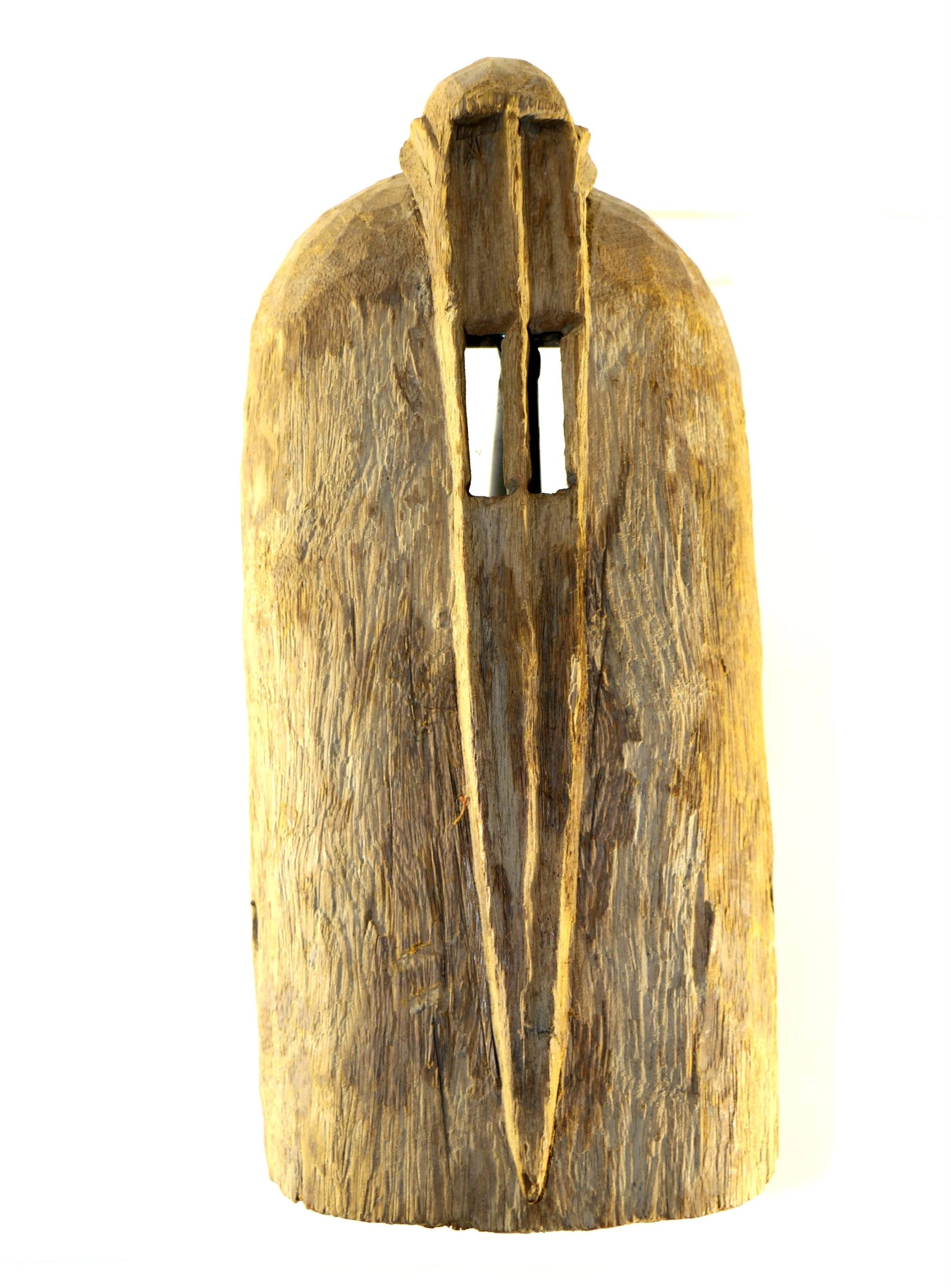


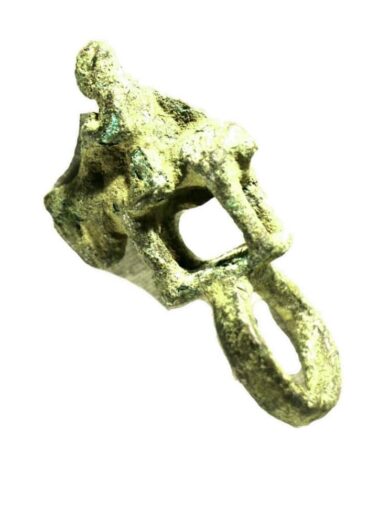
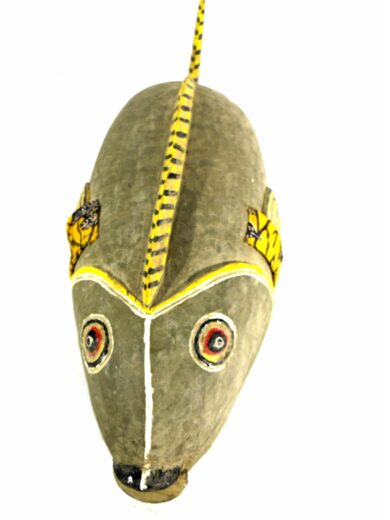
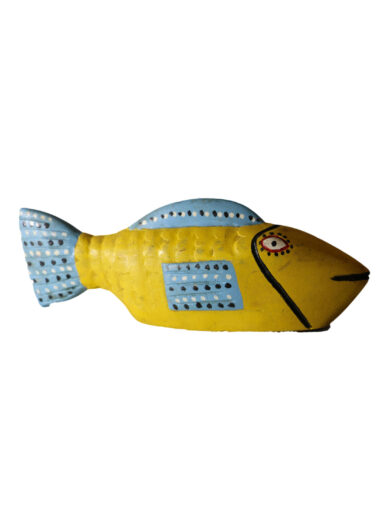
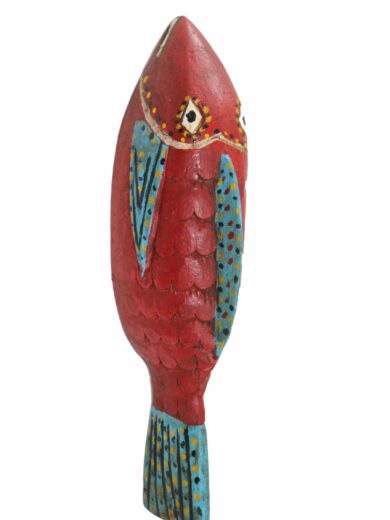
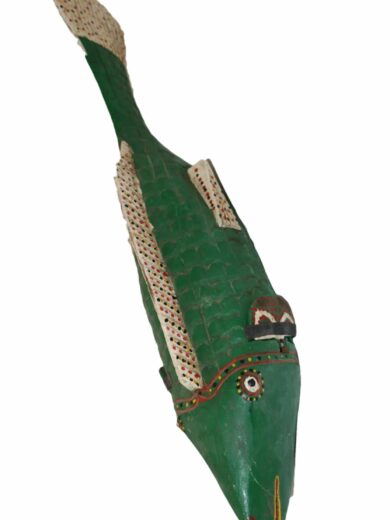


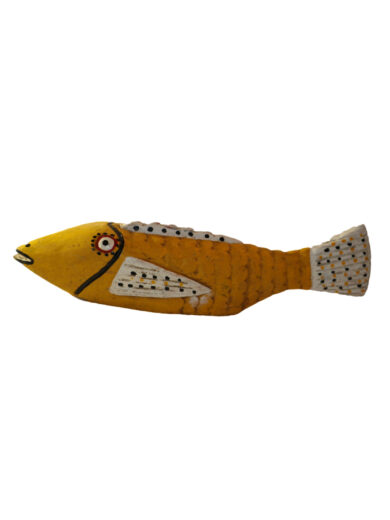
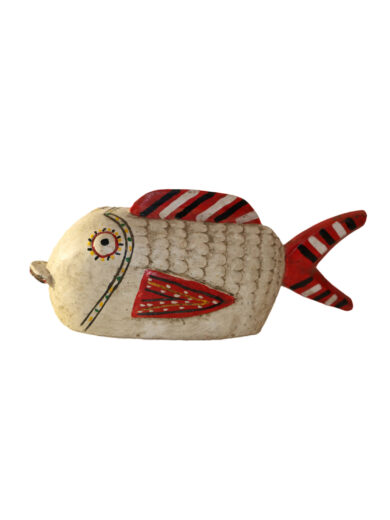
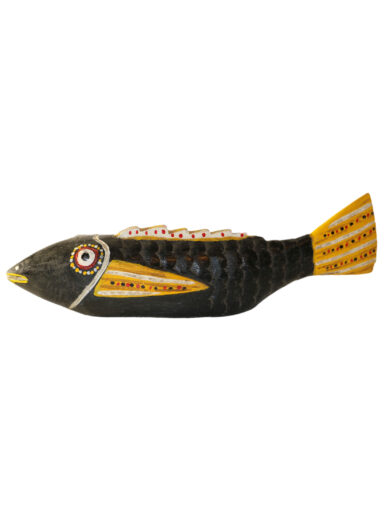

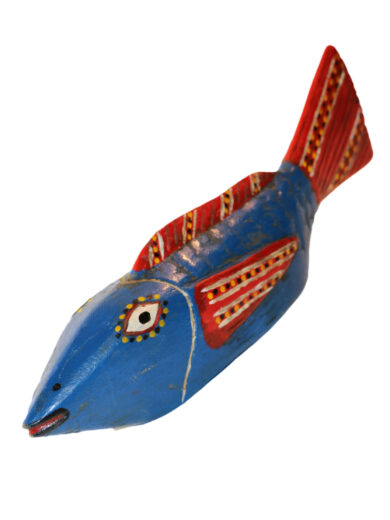
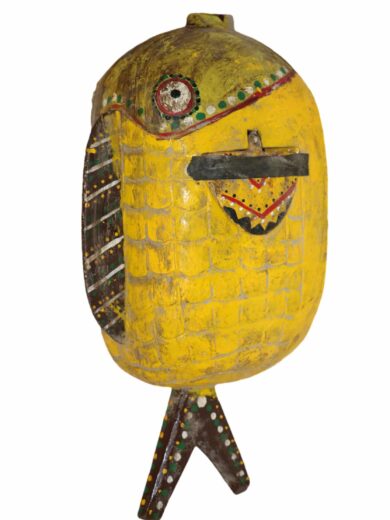

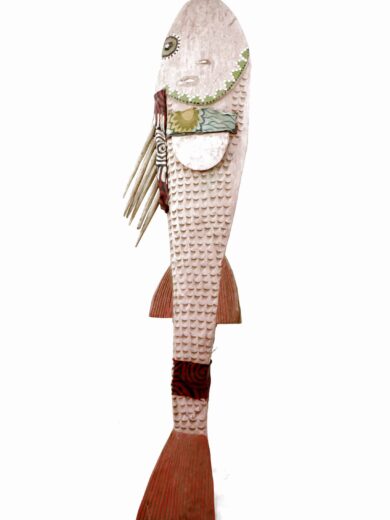
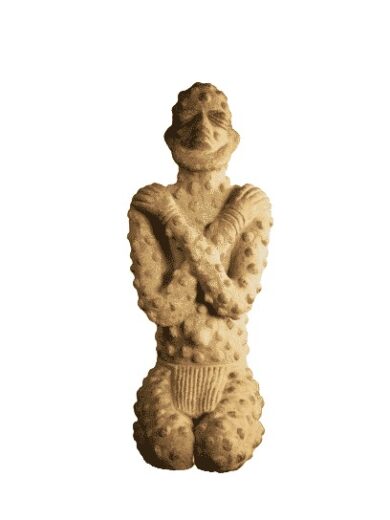


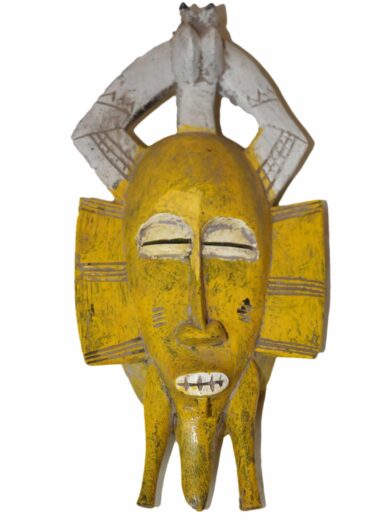
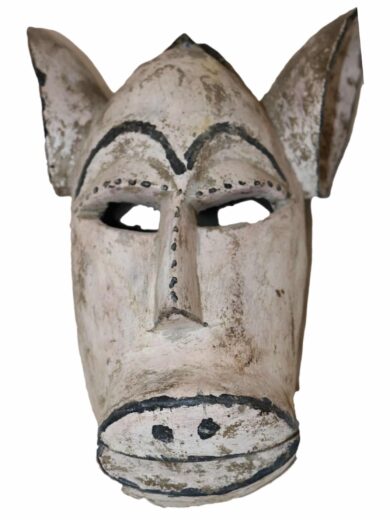
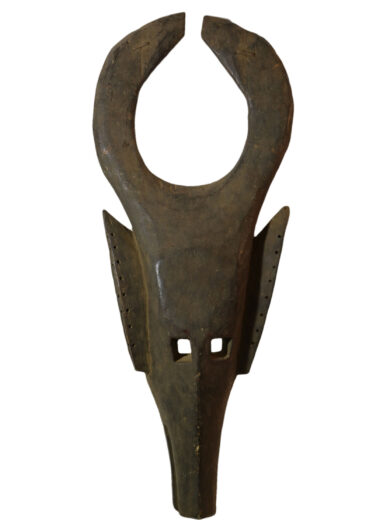
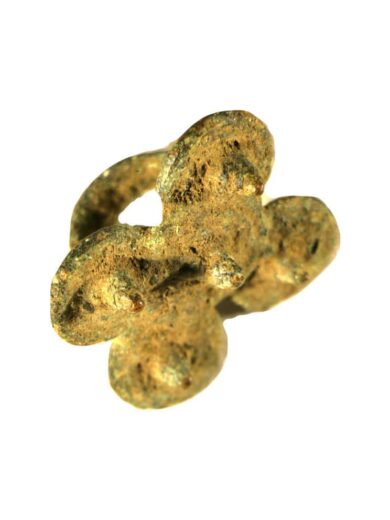

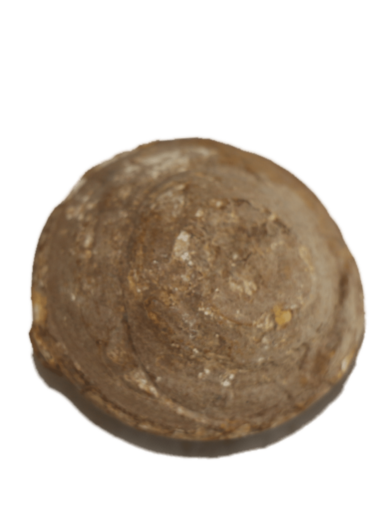
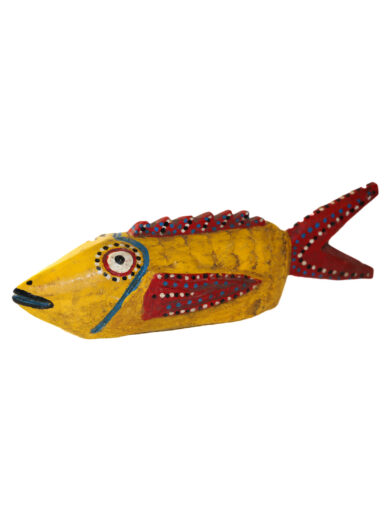
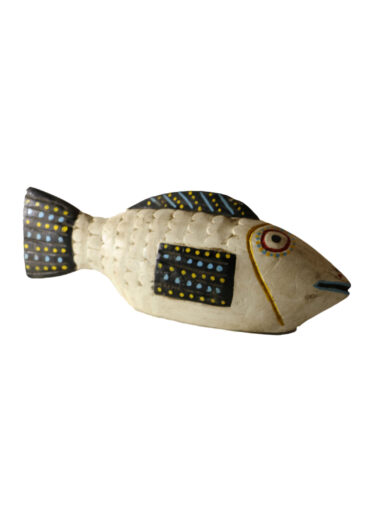
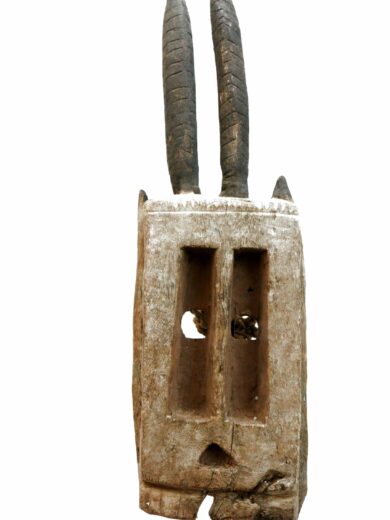
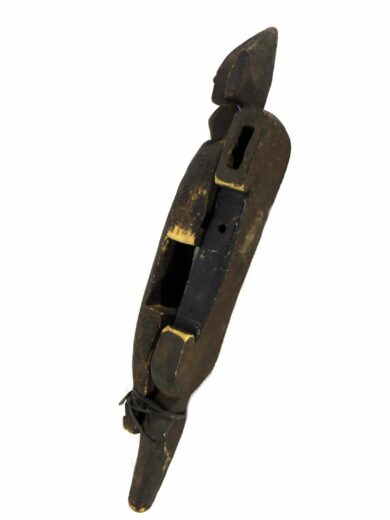
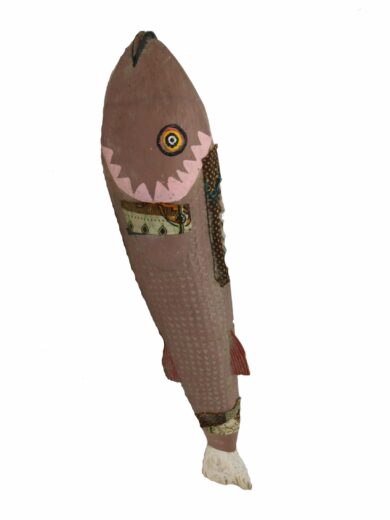

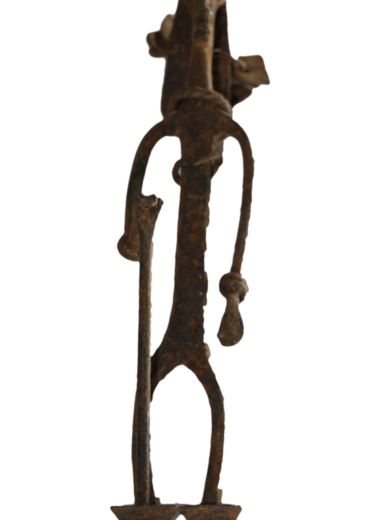
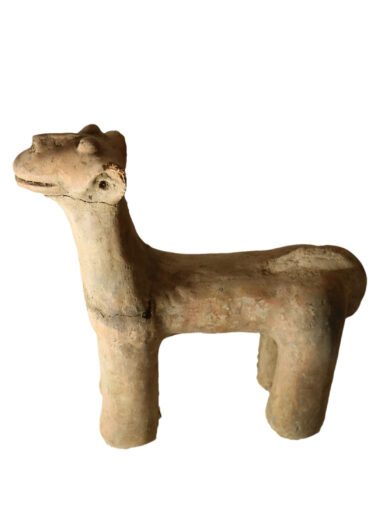
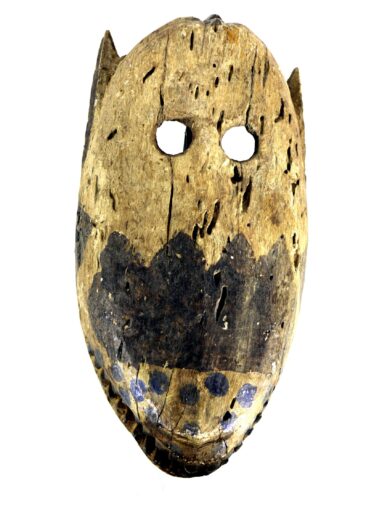
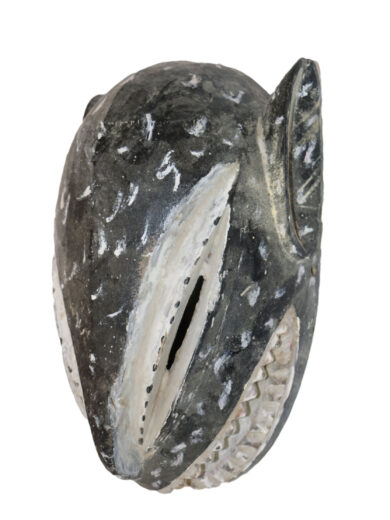
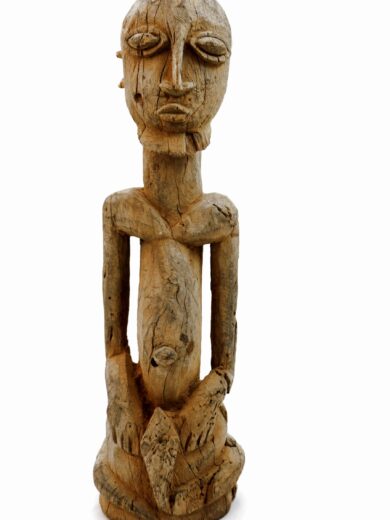
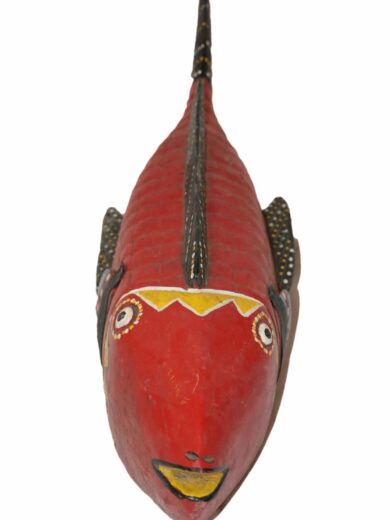
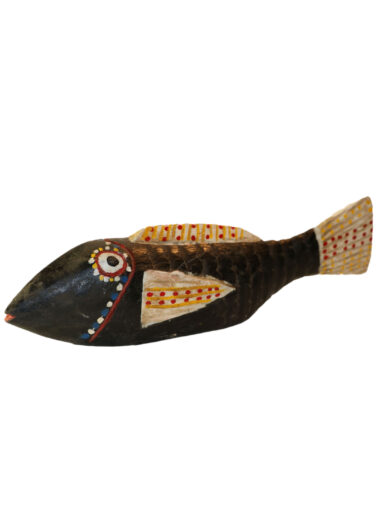
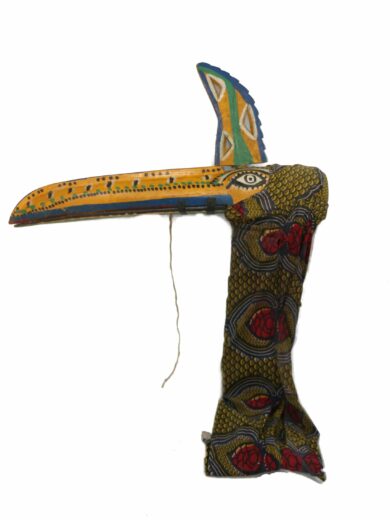
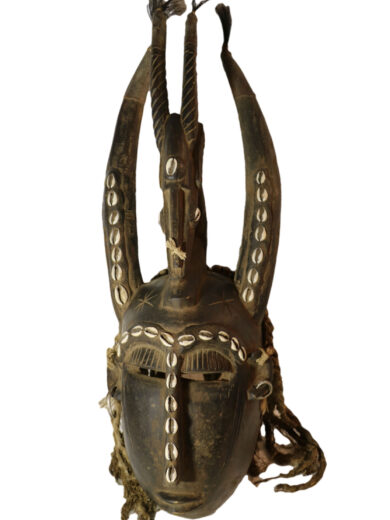


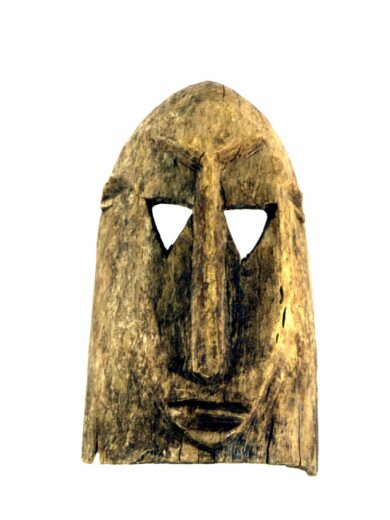
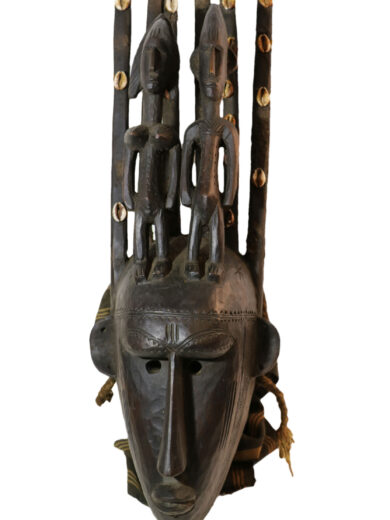


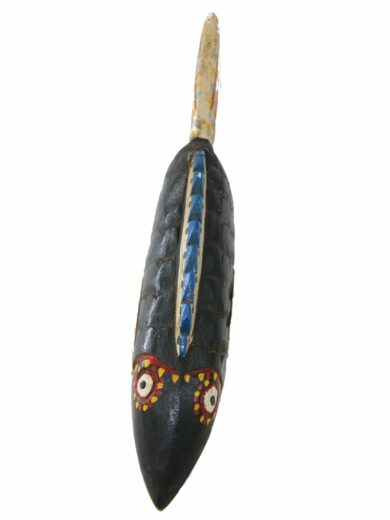
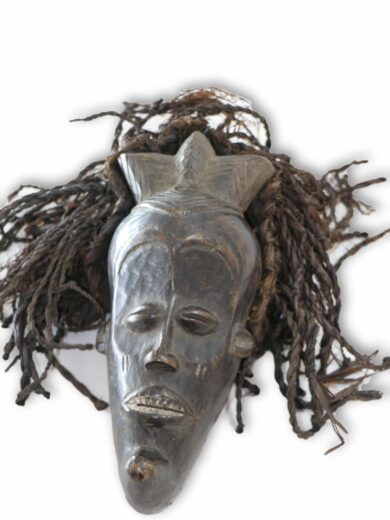

Reviews
There are no reviews yet.